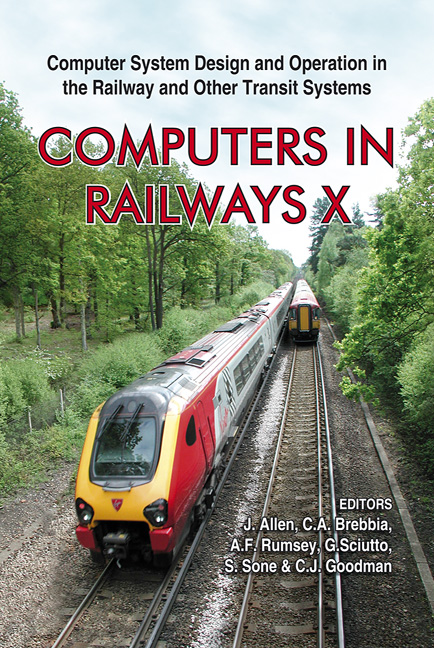The Network Effects Of Railway Investments
Price
Free (open access)
Transaction
Volume
88
Pages
10
Published
2006
Size
830 kb
Paper DOI
10.2495/CR060051
Copyright
WIT Press
Author(s)
S. Hansen, A. Landex & A. H. Kaas
Abstract
Network effects are when a change at one place in the railway network results in changes elsewhere in the network – maybe even far away from the original change. Railway investments have network effects, and therefore, this paper describes the network effects and how these network effects can be examined by queuing time. This paper gives examples of network effects and describes the importance of the size of the analysis area and the connections between trains in the railway network. Keywords: network effects, queuing time, timetabling. 1 Introduction The aim of many railway investment projects in Europe is to remove bottlenecks in the infrastructure, thereby making it possible to reduce travel times and increase the number of trains. The size of the benefits depends of the actual project involved. In any case, it is an important planning task to determine the future timetable. This makes is possible to determine the benefits for travellers in a standard cost-benefit analysis (CBA). The scope of this paper is to discuss the influence of the size of the analysis area on the calculated travel times. Now, once a project is completed it is fairly straightforward to recognize that the project will also influence the future timetable outside the project area, thereby creating benefits outside the local area of the project. This is denoted \“Network effects” in this paper. It is not possible to claim this as a general effect. On a rural branch-line, where local trains connect to the national InterCity system, it is unlikely that any project will influence the national timetable. The benefits on the rural branch-line will be purely local, while removing a major bottleneck on the main-line network is likely to create changes on many
Keywords
network effects, queuing time, timetabling.





